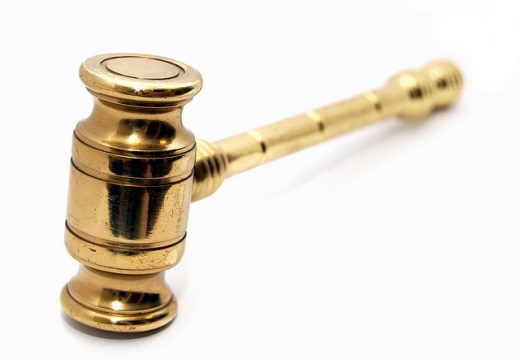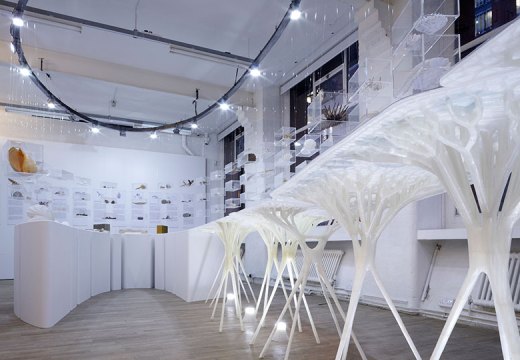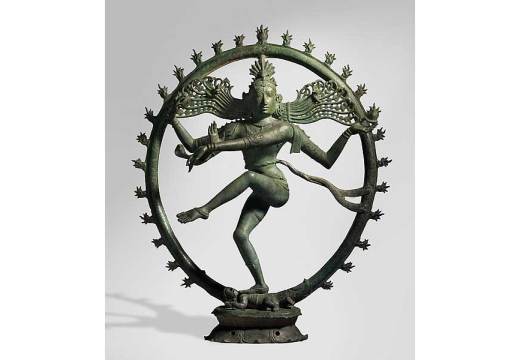How many of the great modern artists would you recognise in the street? Picasso and Dalí, of course, and Warhol, Bacon and Freud. The faces of these men have afterlives in and beyond their art. But what of Malevich or Miró or de Chirico, or Hepworth or Hesse or Magritte? I might make out some of these in a book about modern art, but I doubt I’d have known them if they sat opposite me on my commute to work.
And what of Henri Matisse? It is Matisse in old age who comes to mind, a bald and white-bearded figure in a wheelchair, an artist clasping hold of the outlandish tools of his late period: the long stick-brush he used in the chapel at Vence, or the scissors with which he created the cut-outs.
Our April cover features one of these photographs of Matisse towards the end of his life. He is ensconced in cut-out design, intent on working the line. I particularly like how the artist’s cuff obscures his trademark beard: he is not as immediately familiar here as in other photographs from the period.
Here the attention is drawn, like Matisse’s own, to his hands and the work they are doing. Yes, this is a portrait of the artist, but it is one that reminds us to look closely at the act and circumstances of making before speculating about character or psychology or biography.
All the same, there is something of the mad scientist to Matisse in this photograph. It’s the way the light catches and glints on those round lenses, I think, and perhaps – perhaps – a passing resemblance to Peter Sellars (and by extension Dr Strangelove).
Matisse is working on Acanthes, a late masterpiece of bright fronds from 1953; but this photograph, which shows a stage before the collaging, has a sense of childlike anticipation. There is something brilliantly strange in how Matisse looks to be cutting out a pair of whacky surgical gloves; or a cartoon hand; and with great care shaping what might be chubby, comical fingers.
And the photograph reproduces this colourful form and its trailing tail as nothing more than white paper: we have to imagine its vividness here.
Unlimited access from just $16 every 3 months
Subscribe to get unlimited and exclusive access to the top art stories, interviews and exhibition reviews.














![Masterpiece [Re]discovery 2022. Photo: Ben Fisher Photography, courtesy of Masterpiece London](http://www.apollo-magazine.com/wp-content/uploads/2022/07/MPL2022_4263.jpg)
It’s time for the government of London to return to its rightful home